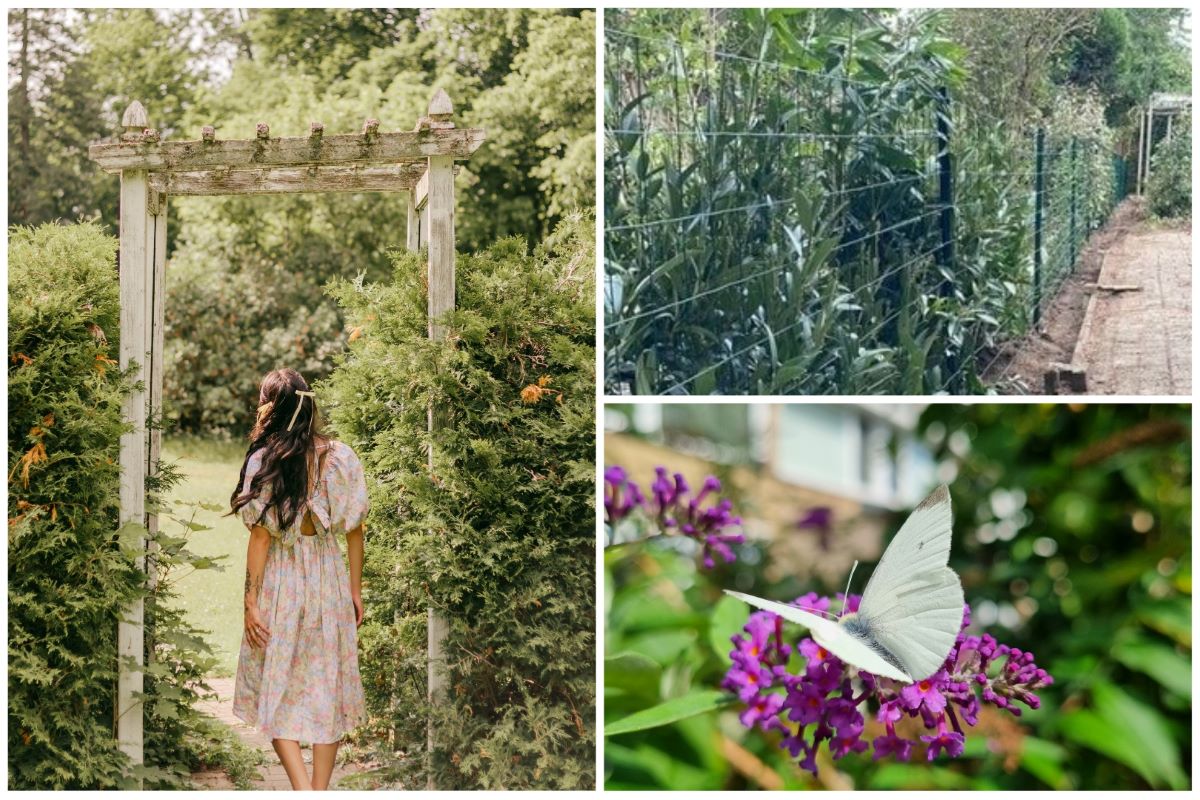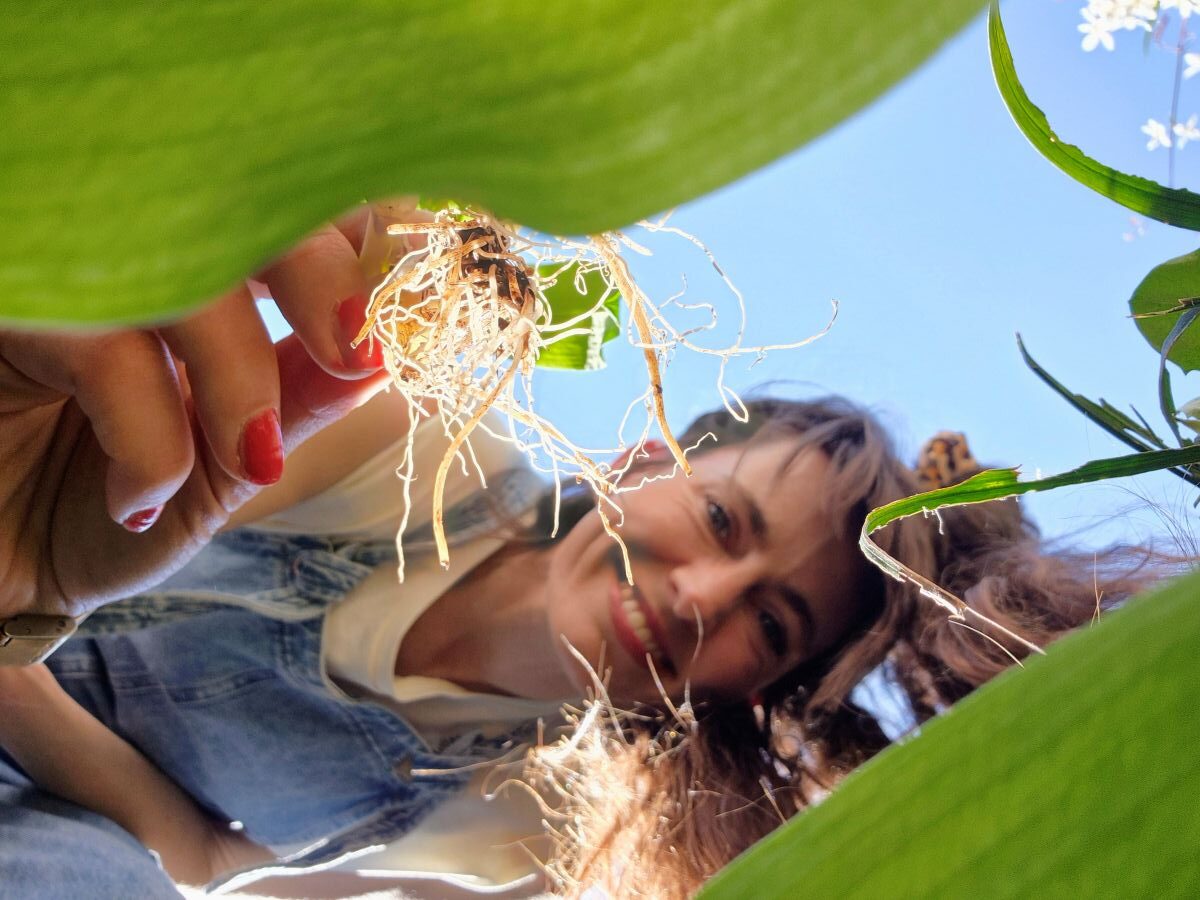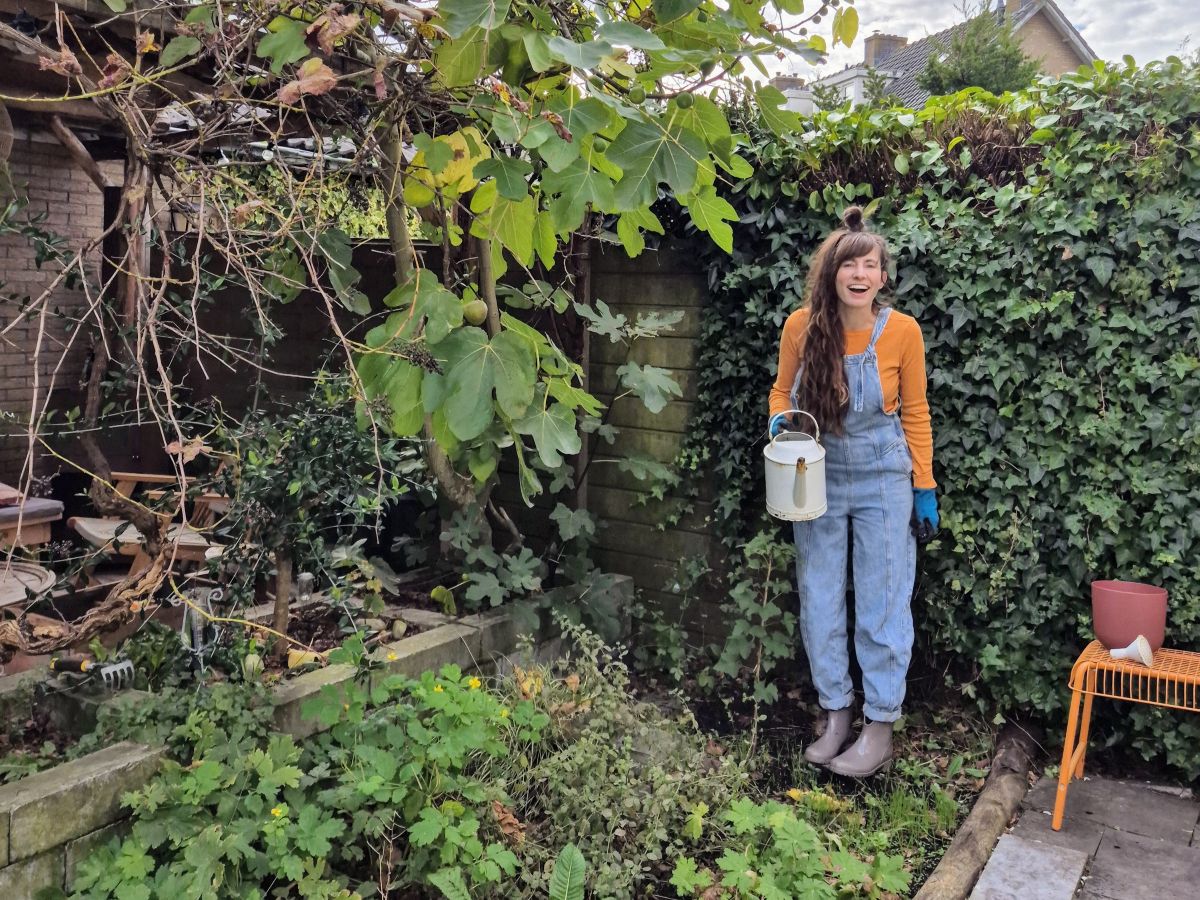We all know by now that a green garden with fewer tiles is a good first step to help wildlife and biodiversity. A green garden fence is often skipped, even though you can green it too. So get rid of that fence and fencing. It can be greener. Literally! And we'll show you how!
Choosing your garden fence matters so much!
There are many reasons why many terraced houses are separated with a wall, fence or fencing. It is quickly installed, provides security and it is maintenance-free. But is it beautiful and does it make you happy? We doubt it. And the animals are not helped at all by such a chilly and barren affair. A green garden fence allows animals to shelter, nest, breed and find food. A green fence also makes it easy for animals to walk through the gardens and thus avoid the streets. We all know the hedgehogs that have been flattened... So roll up your sleeves and get to work on a green fence! This will make everyone, including yourself and your neighbours, a lot happier.
Opting for a green garden fence!
Would you also like to give your garden a green fence, but have no idea how to go about it? First I will tell you how I changed my fence and then I will share tips on how to do it yourself at home. For each garden type, I have some nice, sustainable tips for hedge plants.
My green garden fence
My garden was planted on the side with four- to five-metre-high conifers that were already barren on one side. Because of the huge height of the conifers, there were hardly any birds to be seen in our garden. And these tall conifers were impossible for us to prune ourselves. They were also one to two metres thick, so a lot of garden was lost. A shame! Together with the neighbours, we put up a low trellis, but not to the ground to allow hedgehogs to pass through. Then we planted the hedge together. These were very pleasant days during which we also got to know our neighbours better. We had the conifers removed by a landscaper, who also immediately removed everything.


Left: our old garden fence with conifers. Right: the new green hedge.
Which garden fence suits your garden?
When choosing hedge plants, it is important to know what kind of soil you are dealing with in your garden and the state of your soil. This determines the choice of your hedge. Some plants simply do better in a particular soil. And if your soil is exhausted, you need to take action on that as well. In that case, take a look at the article on mulching. Finally, it's important to look at sun and shade spots. Then you will know which plants will do well for you and you can make a garden plan. Let me get you started with a few ideas.
- Do you have a sunny garden? Then olive willow is suitable. Olive willow is a fast-growing and evergreen hedge plant. It is also called silverberry: the leaves are silver-grey underneath and orange/red berries grow on them. Olive willow is a strong plant and does well in any type of soil, except poorly drained soil (soil in which water remains).
- Do you have a sunny garden or semi-shade? Another topper that also likes sun or semi-shade is the native green beech hedge (an indigenous plant is one that is native to here and that is good for biodiversity). It is not evergreen, but the withered leaves will remain in winter until the new leaves appear (April/May). You can then just leave the fallen leaves, as they are very good nutrition for the soil. Green beech grows quite quickly and is cheap to buy. It does less well on clay soil.
- Do you have a sunny garden or shade garden? Holly can withstand shade and is also fine in the sun, also any soil type is suitable. Holly is evergreen and also native (top). And its spines make this hedge a good hiding place for birds (cats can't reach them), also the berries are edible. Do note that holly is quite pricey and is a slow grower. Holly can grow in any soil type, but like the olive willow, it does not like swampy soil or heavy clay soil.
- Do you have sun, semi-shade or shade? Then the privet an idea. This hedge grows well anywhere except on wet soil. It gets white flowers and then black berries, a good choice for insects and birds in your garden!
- And we conclude this list with laurel. This plant does not care whether it is in sun or shade either. Laurel is an evergreen and fast-growing hedge. It does not like wet feet. It also does not do well on clay soil.



Olive willow, holly and laurel are all great options as a sustainable garden fence.
The pluses and minuses at a glance
The pluses of a green fence:
- Relaxing/ stress relieving.
- Increase biodiversity.
- Cooling.
- Plants absorb CO2 from the air.
- Often cheaper than a fence.
- Captures rainwater.
- No construction materials are needed with the associated environmental impact.
- Animals can easily walk from one garden to another.
- Did I mention that it really does look much nicer?
Disadvantages of a green fence:
- It needs occasional pruning.
- In very hot periods, extra water should be given in the first year.
- Little privacy at first because the hedge still needs to grow.
Cool: a green garden fence made of branches
Would you still like to have your garden closed up a bit faster, for example because of privacy? Even then there are sustainable options. For example, you can choose a fence made of dead material: a trellis or a fence of willow or hazel. You can then grow climbing plants against this (variety/diversity of planting is very important). Also very nice is a living willow fence, these are fought willow and the posts are made of willow which then continue to grow above the fence. So a combination of fence and greenery.
Better not do it as a garden fence
In any case, never use impregnated wood in your garden. Impregnated wood is bathed in chemicals and contains harmful substances that can end up in the soil and water. Other detractors are: wood without a hallmark, tropical hardwood and natural stone brought in from far away. If you really want a fence, chestnut wood is the most sustainable: it does not need to be treated and grows nearby (mainly England and France). A chestnut tree takes 15 years to grow and the fencing from it then lasts 20 years.
More green tips from thegreenlist.nl
Besides a green garden fence, there is more you can do to help the animals in your garden:
- Read here how to help the hedgehog.
- So help the birds in your garden through the winter.
- Help the little itchy creatures in your garden by using old tiles as stacking stones.
- Sustainable tips for dogs: Reduce your four-legged friend's paw print.
Photo credits: main image: Jasmin Chew (Pexels), Amanda Sniekers & thegreenlist.nl, other photos: Amanda Sniekers.












